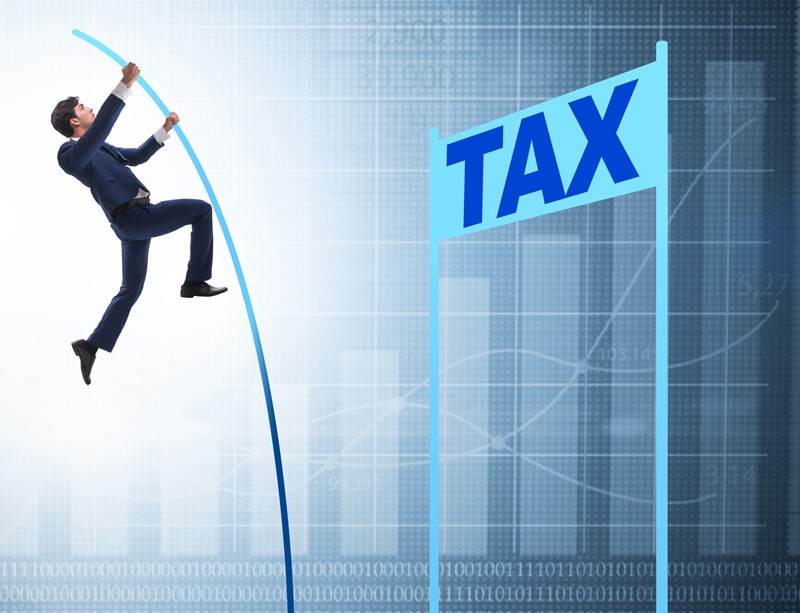HMRC has welcomed a recent Court of Appeal decision concerning a disguised remuneration case. These types of schemes provide employees with the bulk of their earnings in the form of loans that are used to try and avoid paying Income Tax and National Insurance contributions (NICs).
In the case in question, an IT contractor used a disguised remuneration tax avoidance scheme, entering into an arrangement whereby he worked through an umbrella company based outside the UK to provide his services to UK-based financial service companies.
He received most of his earnings in the form of loans, organised by the umbrella company, which were initially claimed not to be taxable. The taxpayer eventually accepted that he had received taxable income, but he claimed he should not have to pay anything because he was entitled to a notional PAYE credit.
The Court of Appeal’s agreed with HMRC’s assertion that the taxpayer was not entitled to a PAYE credit. The taxpayers appeal (and cross-appeals) was rejected and HMRC’s right to collect unpaid Income Tax was allowed, without any setoff for a notional PAYE credit.
HMRC is reminding other taxpayers with similar arrangements that they can still make a settlement under the Disguised remuneration settlement terms 2020. This includes individuals who received loans before 9 December 2010, where HMRC still has open enquiries or assessments.












